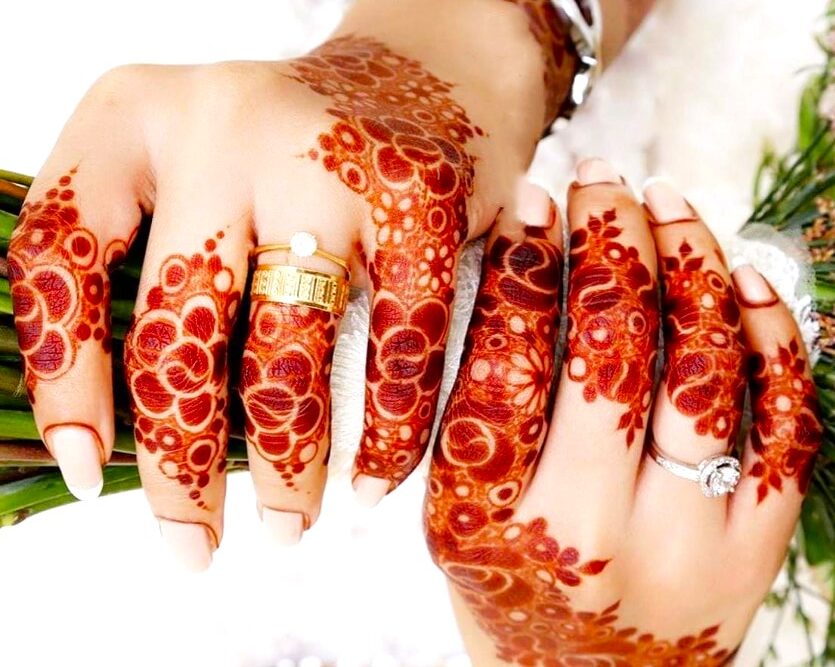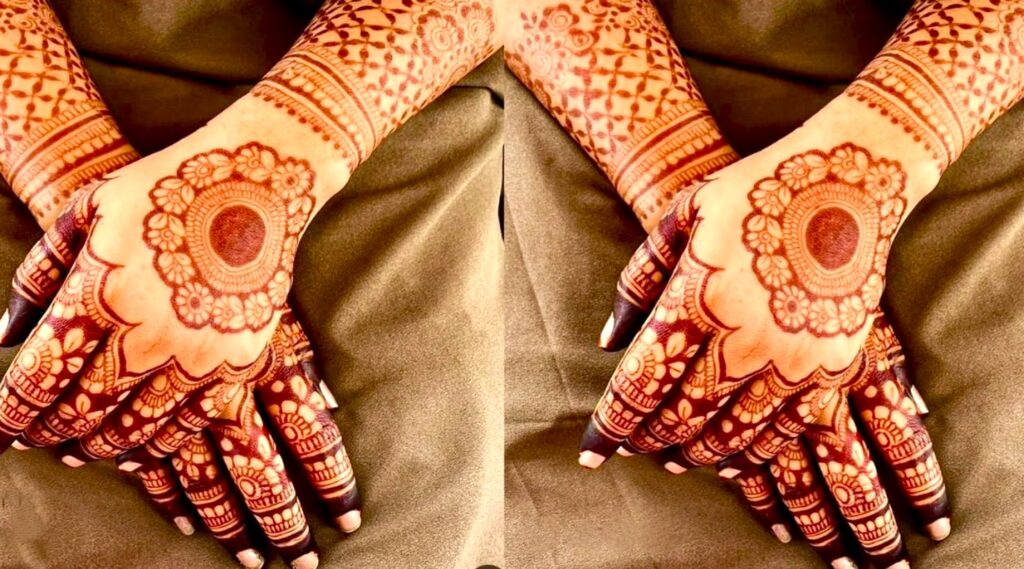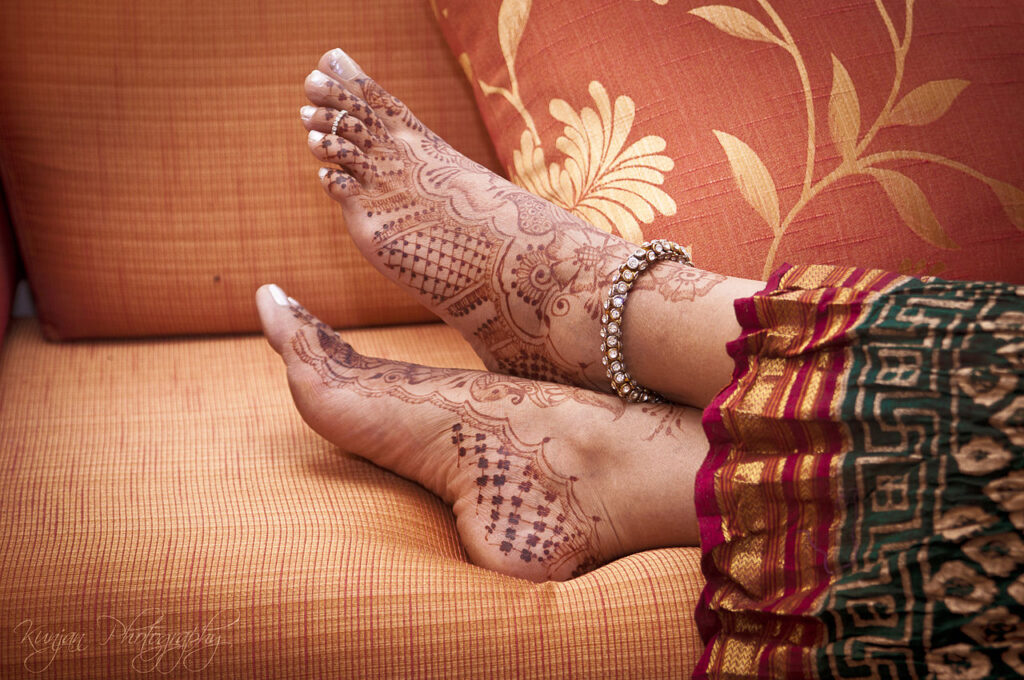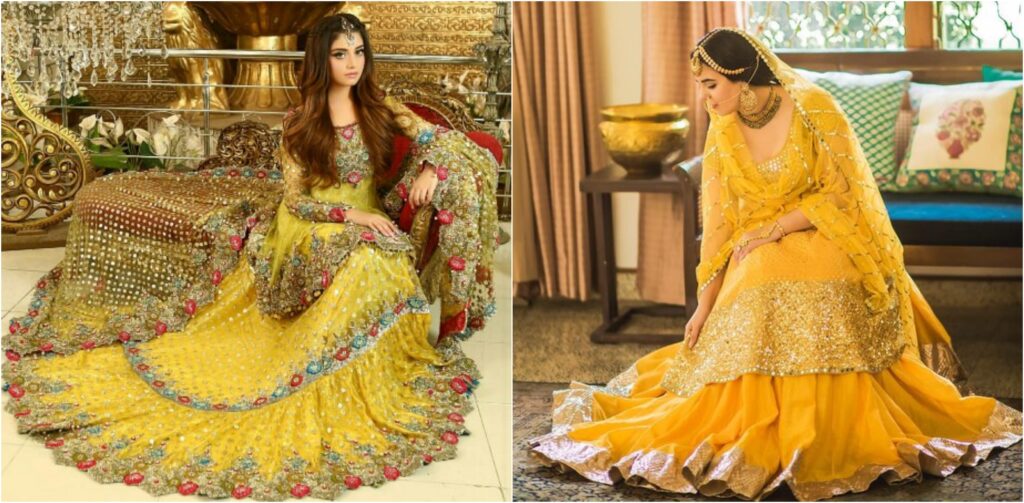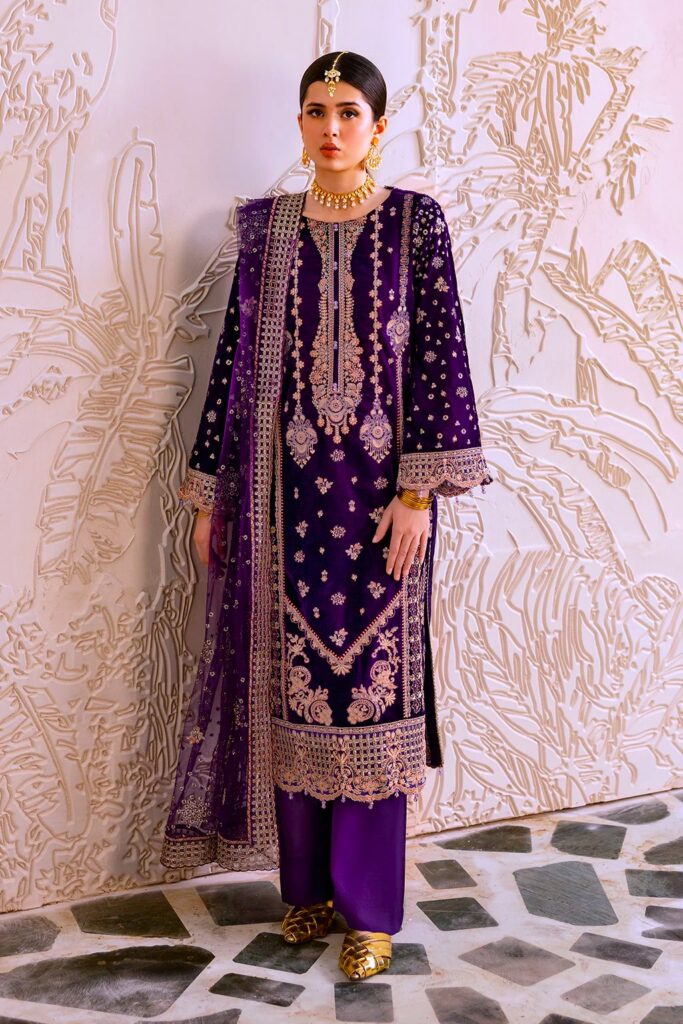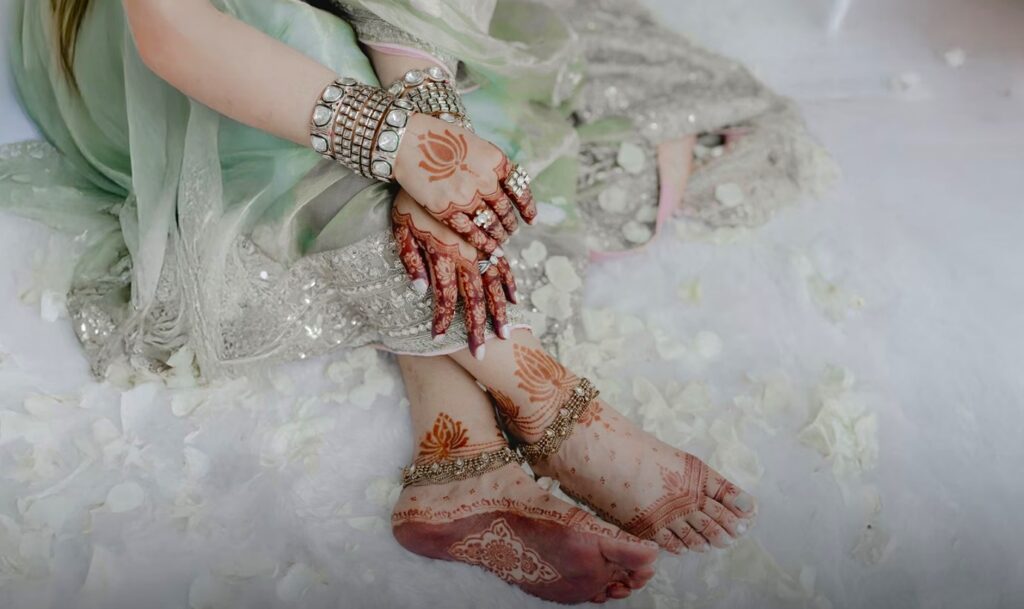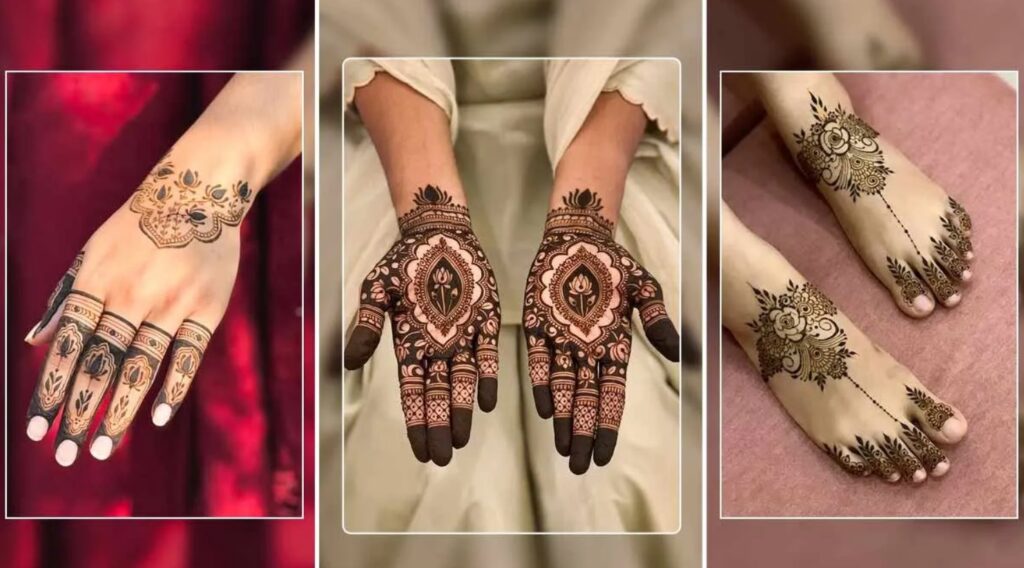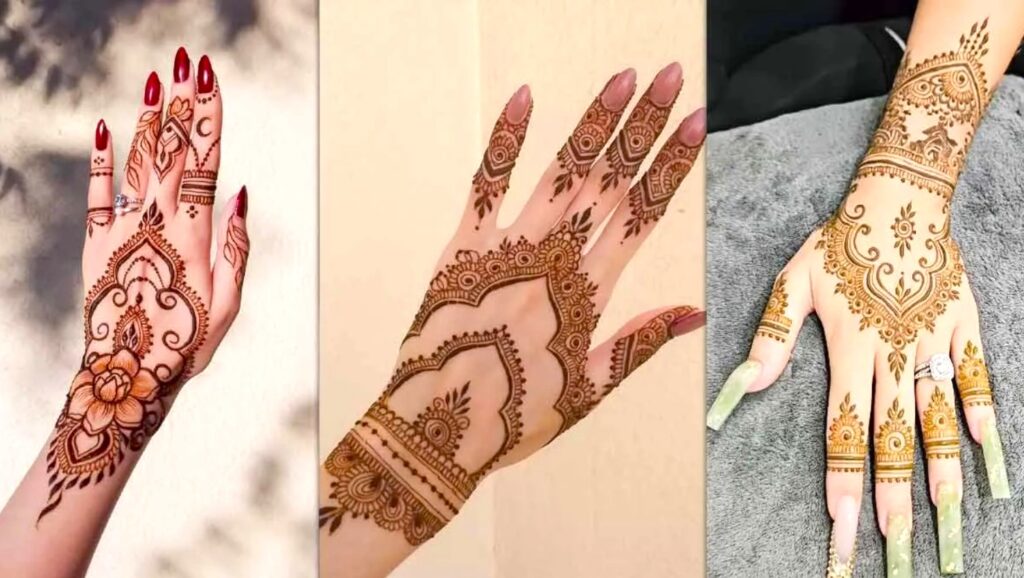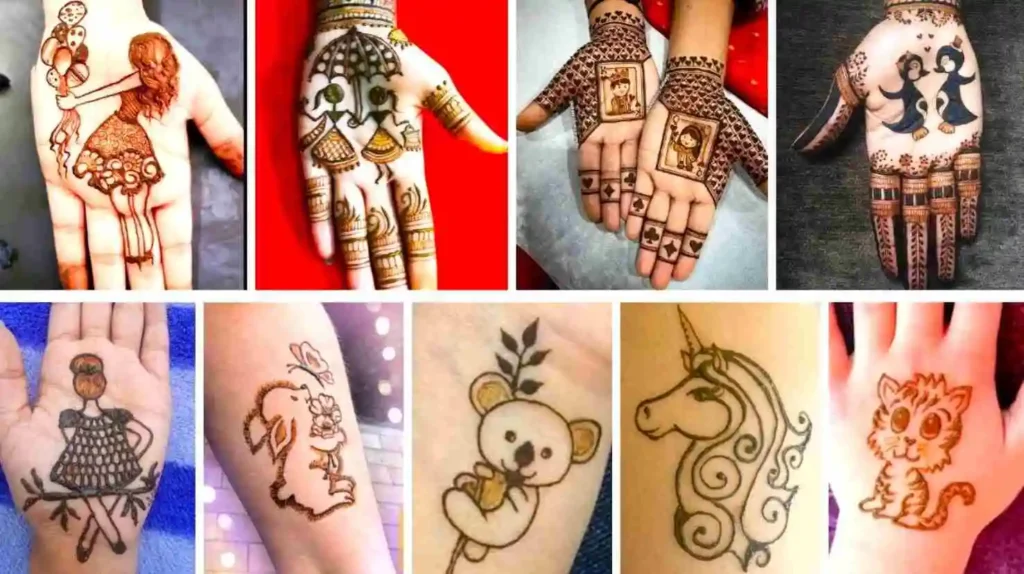10 Best Royal Finger Mehndi Design
Table of Contents
The search for that perfect, statement-making adornment for a celebration often leads to the timeless art of mehndi. But in a world of intricate full-hand patterns, a new star has risen, capturing hearts with its focused opulence and modern sensibility: the royal finger mehndi design. This style is not just an accessory; it is a declaration of refined taste, a nod to tradition reimagined for the contemporary connoisseur.
Imagine the scene: a grand celebration, where the air is thick with anticipation and joy. You are dressed in a stunning velvet dress design, the fabric rich and luxurious. As you move, all eyes are drawn not to a sprawling canvas of henna, but to your hands, where your fingers are transformed into masterpieces of filigree, motifs, and breathtaking detail. This is the power of focusing artistry on the fingers.
It’s a style that complements rather than competes, that speaks of a confident, individualistic beauty. This comprehensive guide is your ultimate resource into the world of royal finger mehndi design. We will journey through its history, decode its importance, unveil the hottest trends of 2025, and provide you with a practical, step-by-step blueprint to achieving this look.
Whether you are a bride seeking a unique twist, a guest wanting to make an elegant statement, or simply a mehndi enthusiast, this exploration of regal finger art will equip you with everything you need to know. Let’s delve into the world where tradition meets trend, and where your fingers become the crown jewels of your celebratory ensemble.
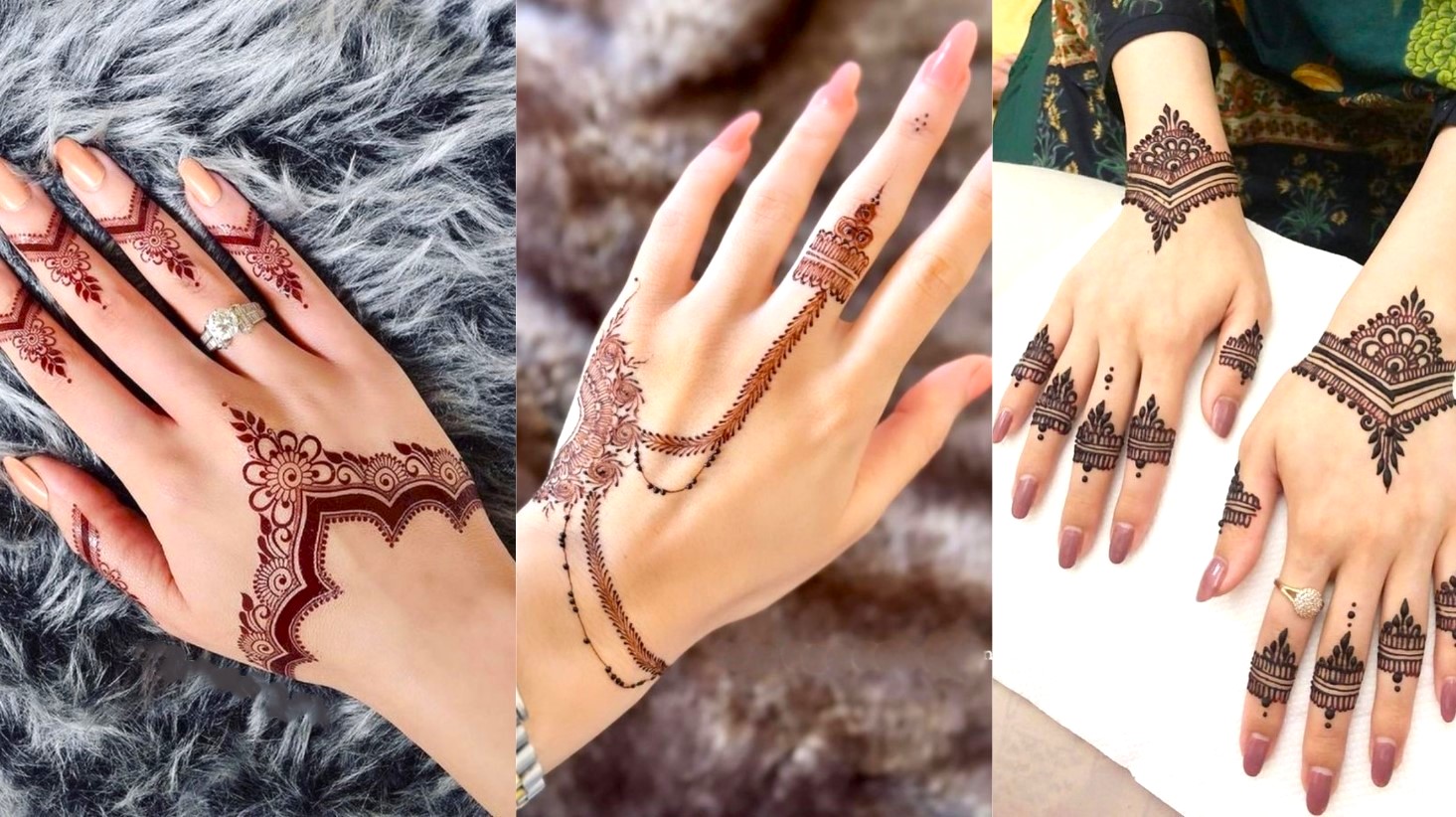
What is a Royal Finger Mehndi Design?
A royal finger mehndi design is a specialized style of henna application that concentrates intricate and elaborate patterns primarily on the fingers, often extending slightly onto the palms or the back of the hand for a balanced look. Unlike traditional mehndi, which covers the entire hand and forearm, this approach treats each finger as a standalone canvas for artistry. The core philosophy is one of “less is more,” but with an intense focus on detail and complexity within a smaller area. Think of it as the haute couture of the mehndi world—precise, personalized, and profoundly elegant. The defining characteristic of this style is its density of design on the fingers.
It frequently incorporates motifs inspired by royalty, such as elaborate jaal (net) patterns, miniature peacocks, floral clusters, and intricate lines that mimic the look of royal jewellery. This style beautifully bridges the gap between a full mehndi design and a delicate tattoo design, offering the cultural richness of the former with the modern, targeted appeal of the latter. It’s a perfect choice for those who appreciate artistry but prefer a look that is easier to manage and showcases their hands in a uniquely sophisticated way.
The Anatomy of a Royal Finger Design
- Finger Focus: The primary design elements are densely packed on the fingers, from the cuticles down to the first knuckle or beyond.
- Bridal and Statement Elements: Common motifs include detailed mandalas, swirling vines, delicate shards (dashes), and patterns that resemble finger rings and knuckle tattoos.
- Strategic Negative Space: The palm and the back of the hand are often left largely bare or filled with very light, minimal patterns, which makes the detailed fingers stand out even more.
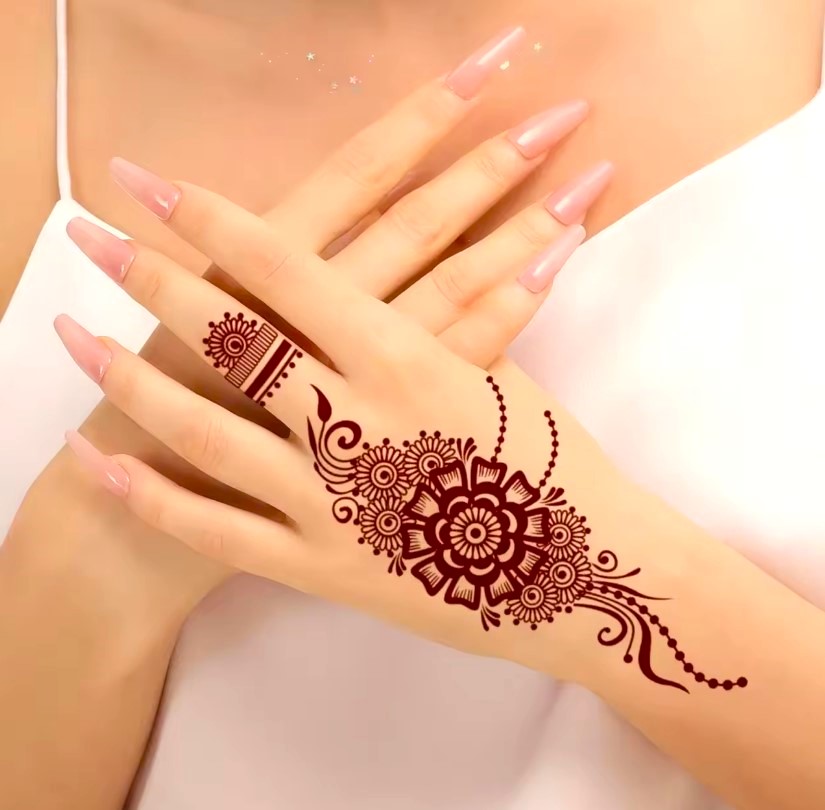
A Brief History and Cultural Importance of Mehndi
The story of mehndi is as rich and deep as its colour. The use of henna for adornment dates back over 5,000 years to ancient Egypt, where it was used to stain the fingers and toes of pharaohs before mummification. This practice was believed to help them in the afterlife. From there, its use spread across North Africa, the Middle East, and eventually to the Indian subcontinent around the 12th century. It was in India that mehndi became deeply intertwined with cultural and spiritual ceremonies, evolving into the complex art form we know today.
The importance of mehndi, particularly in South Asian cultures, is multifaceted. It is far more than a temporary beauty treatment; it is a sacred ritual. In weddings, the mehndi ceremony is a pre-nuptial celebration where the application of henna on the bride symbolizes joy, beauty, and spiritual awakening. The darkness of the mehndi stain is often playfully said to reflect the depth of love between the bride and her groom. Beyond matrimony, mehndi is applied during festivals like Karva Chauth, Eid, and Diwali, serving as a mark of prosperity, good luck, and protection from evil. The royal finger mehndi design is a modern iteration of this ancient tradition, adapting its sacred symbolism for today’s aesthetic while retaining its core significance.
The Evolution to Finger-Focused Art
The shift towards finger-centric designs is a relatively recent trend, driven by modern lifestyle needs and global fashion influences. As people sought more practical yet beautiful adornments, the focus moved from full-hand coverage to accent pieces. The rise of minimalist tattoo design aesthetics also played a role, encouraging a preference for targeted, meaningful art. The royal finger mehndi design masterfully captures this evolution, offering a format that is both deeply traditional and strikingly contemporary.
Top 2025 Trends in Royal Finger Mehndi Design
The world of mehndi is dynamic, with trends evolving each year. For 2025, the royal finger mehndi design is set to embrace a blend of classic motifs and bold, modern innovations. This year is all about personal expression and artistic fusion.
How to Choose a Trend That Suits You
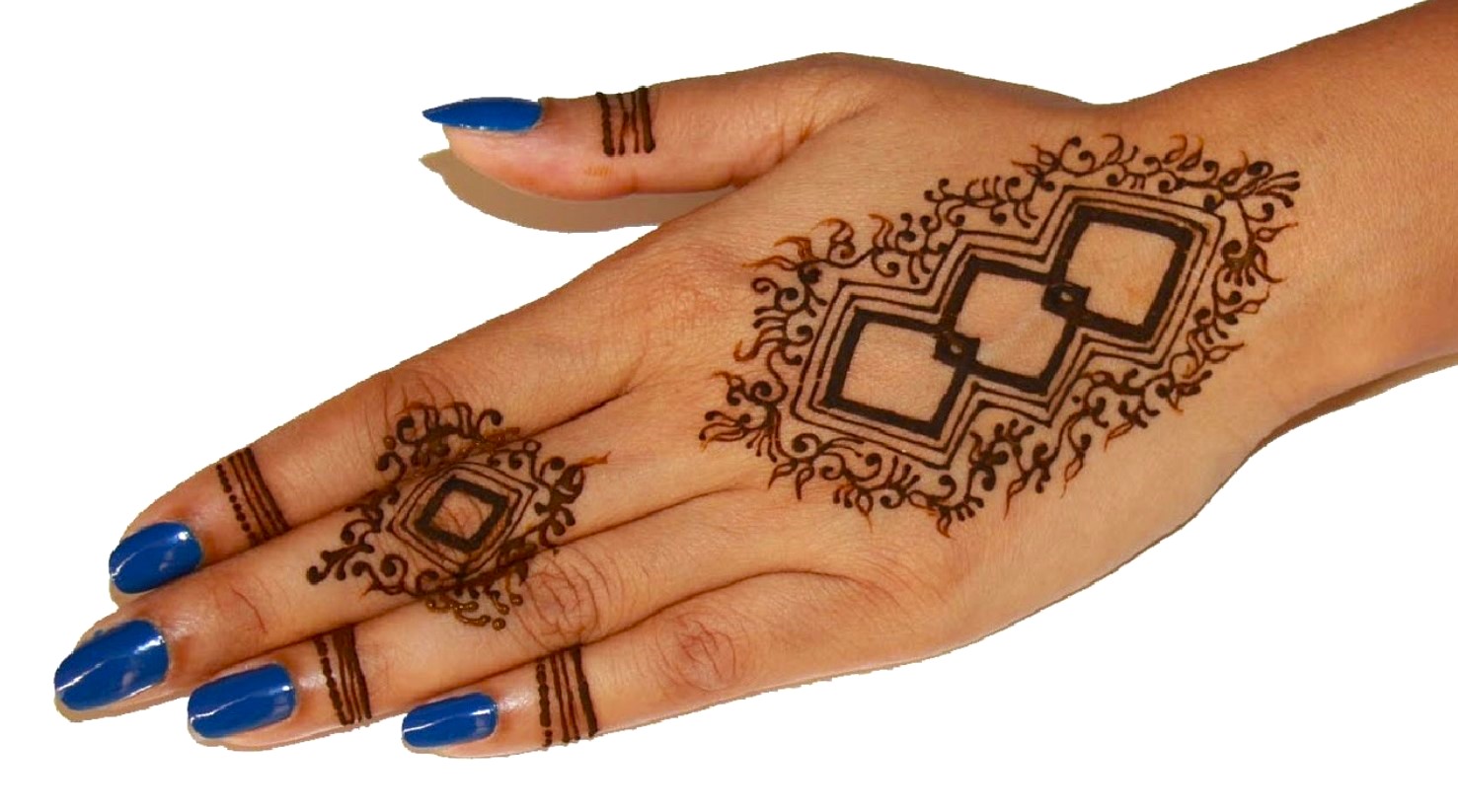
- Modern Minimalist Royals: This trend focuses on clean lines and geometric shapes. Think sharp angles, modern abstract patterns, and minimalist motifs that still carry a regal air through their precision and placement.
- The Bohemian Rhapsody: Inspired by boho-chic fashion, this style incorporates feathers, dreamcatchers, and whimsical, free-flowing patterns. It pairs exceptionally well with a flowing, embroidered velvet dress design for a festival or outdoor wedding look.
- Finger-Tip Jewellery Designs: This is a huge trend where the mehndi is designed to look like elaborate rings and finger armour. The patterns mimic intricate metalwork, gemstones, and chains, creating a stunning illusion of jewellery that is part of your skin.
- Negative Space Mastery: Artists are creatively using the natural skin as part of the design. By leaving strategic shapes and lines bare within a filled henna pattern, they create stunning visual contrast and modern artistry.
- Fusion with Metallic Accents: While pure henna is always classic, 2025 sees a rise in using safe, skin-friendly metallic liners (like gold) to highlight certain parts of the royal finger mehndi design, adding a literal touch of royalty and shine.
Choosing the right trend depends on your personal style and the occasion. For a traditional wedding, a classic floral royal finger mehndi design with detailed jaal work is perfect. For a contemporary party, a modern minimalist or jewellery design might be more suitable. Consider your outfit—a heavily embroidered velvet dress design might be best complemented by a equally intricate but contained finger design, whereas a simpler outfit can carry a more experimental boho pattern.
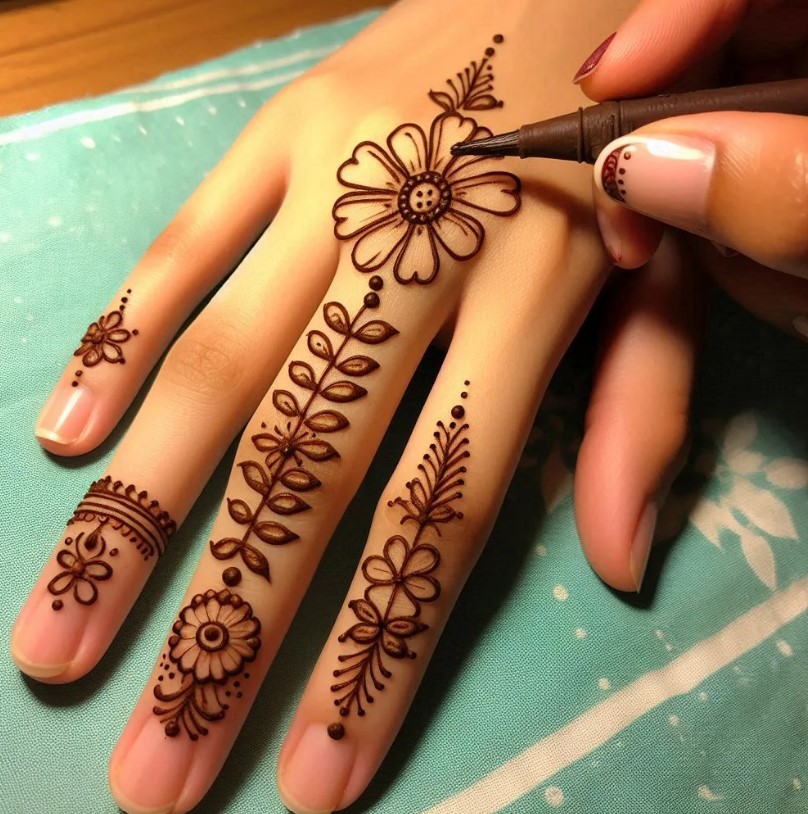
Your Step-by-Step Guide to Applying a Royal Finger Mehndi Design
Achieving a beautiful royal finger mehndi design at home is entirely possible with patience, the right tools, and a steady hand. This step-by-step guide will walk you through the process from preparation to aftercare.
Step 1: Gathering Your Materials
You will need high-quality, fresh henna paste (pre-made cones are easiest), lemon juice and sugar mix for aftercare, cotton balls, eucalyptus or clove oil, tissues, and a design reference. Ensure you are not allergic to henna by doing a patch test 24 hours prior.
Step 2: Preparing the Canvas
Start with clean, dry hands. Wash them thoroughly to remove any oils or lotions. You can lightly exfoliate your skin to create a smooth surface. Just before application, wipe your fingers with a cotton ball dipped in a tiny amount of eucalyptus oil; this helps remove any last traces of oil and can lead to a darker stain.
Step 3: The Application Process
Begin with your non-dominant hand. Hold the henna cone like a pen and practice making lines on a paper towel to control the flow. Start from the fingertip and work your way down. For a royal finger mehndi design, focus on creating a central motif on the back of your fingertip, then build patterns down the finger, connecting them with fine lines, dots, and vines. Let each finger’s design dry completely before moving to the next to avoid smudging.
Step 4: Sealing and Setting the Design
Once the entire design is applied and dry to the touch, you can seal it. Mix a small amount of lemon juice with granulated sugar to create a thick syrup. Gently dab this mixture over the dried henna. This sealant keeps the paste moist and flexible, allowing the dye to release better and for a longer time, resulting in a darker, longer-lasting royal finger mehndi design.
Step 5: The Removal and Aftercare
Leave the paste on for as long as possible—ideally 6-8 hours or overnight. Do not use water during this time. To remove, gently scrape off the dried paste with a butter knife or your fingernail. Do not wash with water; instead, rub a small amount of any cooking oil (like olive or coconut oil) over the design to remove the residue. The design will appear light orange initially and darken over the next 48 hours.
The Benefits and Drawbacks of Royal Finger Mehndi
Like any beauty trend, the royal finger mehndi design comes with its own set of advantages and considerations. Understanding these will help you make an informed decision.
Benefits: Why Choose This Style?
- Unmatched Elegance: It offers a supremely sophisticated and regal look that is both eye-catching and tasteful.
- Practicality: It is far less messy and obstructive than full-hand mehndi. You can use your hands for tasks like using your phone or eating much more easily.
- Faster Application and Drying: The smaller surface area means the application is quicker, and it dries much faster, reducing the risk of accidental smudging.
- Modern Versatility: It seamlessly blends with modern fashion and can even complement a permanent tattoo design, acting as a temporary, coordinating piece of art.
- High-Impact with Less Product: You use significantly less henna paste to create a stunning visual effect, making it cost-effective.
Drawbacks and Considerations
- Less Traditional Coverage: For purists or for very traditional weddings, the limited coverage might not fulfill the cultural desire for extensive mehndi.
- Requires Precision: The intricate nature of the designs demands a steady hand, whether you’re doing it yourself or an artist is applying it.
- Can Fade Unevenly: Since the design is on the fingers, which are washed frequently, the stain might fade faster on the fingertips compared to the palm.
- Not for Everyone: The dense, detailed look might feel too “busy” for those who prefer absolute minimalism.
Expert Tips for a Flawless Royal Finger Mehndi Experience
To ensure your royal finger mehndi design is perfect, follow these pro tips gathered from seasoned mehndi artists.
- Hydrate from Within: Start drinking plenty of water 2-3 days before application. Well-hydrated skin holds a darker and clearer stain.
- Warmth is Key: After removing the paste, keep your hands warm. The chemical reaction that darkens the henna (lawsone binding to keratin) is accelerated by heat. You can gently warm your hands near a heater or wear gloves.
- Avoid Water Initially: For at least 24 hours after removing the paste, try to avoid soap and water on the design. When you must wash, pat dry instead of rubbing.
- Moisturize Smartly: After the first 24-48 hours, moisturize regularly with a natural oil. Avoid alcohol-based hand sanitizers as they will cause the design to fade rapidly.
- Plan Your Outfit: Consider your attire when choosing the design. A complex velvet dress design with its own patterns might be best paired with a slightly simpler mehndi to avoid visual clutter.
Finding Inspiration: From Bridal Looks to Modern Tattoos
Inspiration for your royal finger mehndi design is everywhere. Look beyond traditional mehndi galleries for fresh ideas.
- Architectural Elements: The intricate patterns on Islamic arches, Gothic windows, or modern buildings can be translated into stunning geometric mehndi.
- Nature’s Blueprint: Look closely at leaves, ferns, flowers, and even coral reefs. The organic patterns found in nature are perfect for creating a unique and flowing design.
- Jewellery and Fabric: Your own jewellery or the embroidery on a favorite velvet dress design can serve as direct inspiration for the motifs in your mehndi.
- Tattoo Artistry: The world of fine-line and geometric tattoo design is a treasure trove of ideas. Many minimalist tattoo patterns can be beautifully adapted into a henna format.
Common Mistakes to Avoid for a Perfect Design
A few small errors can compromise an otherwise beautiful royal finger mehndi design. Be mindful of these common pitfalls.
- Rushing the Drying Process: Using a hairdryer on a hot setting can cook the henna and prevent the dye from releasing properly. Always let it air dry.
- Applying on Oily Skin: This is the number one reason for a light stain. Ensure your skin is squeaky clean and free of all moisturizers and natural oils before you start.
- Using Old or Low-Quality Henna: The freshness of the henna paste is critical. Old henna will not stain well. Always use a reputable source.
- Smudging During Sleep: If leaving the paste on overnight, wear loose cotton gloves or carefully wrap your hands in a soft cloth to protect the design.
- Overcomplicating Your First Attempt: If you are a beginner, start with a simpler version of the royal finger mehndi design. Practice on paper and then on your skin before attempting a highly complex pattern for an event.
The Future Scope of Royal Finger Mehndi Design
The future of royal finger mehndi design is bright and innovative. We can expect to see even greater fusion with other art forms. The line between henna and tattoo design will continue to blur, with mehndi artists incorporating hyper-realistic elements and portraiture into finger designs. Technology will also play a role, with augmented reality (AR) apps allowing users to “try on” different designs before application. Furthermore, the demand for organic, vegan, and ethically sourced henna will grow, aligning with a global consciousness for sustainable and safe beauty practices. The royal finger mehndi design will continue to evolve, solidifying its place not just as a trend, but as a permanent and beloved category within the vast and beautiful world of mehndi art.
Final Thoughts
In the ever-evolving landscape of body art, the royal finger mehndi design has carved out a permanent and prestigious niche. It stands as a powerful testament to the idea that true elegance often lies in focused detail rather than expansive coverage. This style empowers you to honor a beautiful tradition while expressing your unique, modern identity. It is the perfect choice for the individual who values artistry, practicality, and a touch of regal sophistication. Whether you choose the bold statement of a jewellery-inspired pattern or the subtle charm of a minimalist band, your royal finger mehndi design will be more than just an adornment; it will be a reflection of your personal style and confidence. So, as you prepare for your next celebration, embrace the artistry of the fingers and let your hands tell a story of timeless, regal beauty.
Frequently Asked Questions (FAQs)
1. What exactly is a royal finger mehndi design?
A royal finger mehndi design is a style that concentrates highly intricate and dense patterns primarily on the fingers. It emphasizes regal, jewellery-like motifs and detailed work on each finger, often leaving the palm and back of the hand more bare to create a sophisticated, modern look.
2. How long does a royal finger mehndi design last?
A well-applied and cared-for royal finger mehndi design can last between 1 to 3 weeks. The stain duration depends on your skin type, aftercare, and how often you wash your hands. The fingertips typically fade first due to frequent use.
3. Is this style suitable for a bride?
Absolutely. Many modern brides are opting for a royal finger mehndi design for its unique elegance and practicality. It allows the beauty of the henna to shine without covering the entire arm, and it pairs beautifully with heavy bridal jewellery and outfits.
4. Can I combine this with a full-hand mehndi design?
Yes, a popular trend is to have a royal finger mehndi design as part of a larger, more minimal full-hand pattern. The fingers serve as the focal point with the most detail, while the rest of the hand has lighter, complementing patterns.
5. What outfits go best with royal finger mehndi?
It is incredibly versatile. It looks stunning with traditional wear like lehengas and saris, but also adds a touch of ethnic glamour to western outfits like a sophisticated velvet dress design, gowns, or even a pantsuit.
6. How is it different from a tattoo design?
A royal finger mehndi design is applied with a natural henna paste and is temporary, fading away in a few weeks. A tattoo design is permanent ink injected into the skin. Mehndi is a cultural art form, while tattoos are a broader form of personal expression, though the styles often inspire each other.
7. What are the easiest royal finger designs for beginners?
Beginners should start with geometric patterns, simple lines and dots, or single floral motifs on each finger. Avoiding overly complex jaal work initially will help you master control and consistency before moving to more intricate designs.
8. How can I make my mehndi stain darker?
For a darker stain, use fresh, high-quality henna, leave the paste on for 6+ hours, seal it with a lemon-sugar mix, and keep your hands warm after removal. Internal hydration by drinking water beforehand also significantly helps.
9. Are there any risks of allergy with black henna?
Yes, so-called “black henna” often contains PPD (para-phenylenediamine), a chemical dye that can cause severe skin reactions, blistering, and permanent scarring. Always use natural, brownish-green henna for a safe royal finger mehndi design.
10. Can men wear royal finger mehndi designs?
Yes, the art of mehndi is for everyone. Men can opt for more geometric, abstract, or linear patterns in a royal finger mehndi design style. It’s a great way to adorn hands for celebrations without a gendered bias.
Wedding Mehndi Designs 2025 Stylish & Beautiful Ideas
Unique Arabic Bridal Mehndi 2025 Stunning Designs Every Bride Will Love
Royal Back Hand Mehndi Designs 2025 Latest Indian Simple & Stylish Ideas
Top 10 Bridal Mehndi Designs 2025 Graceful, Stylish & Most-Loved Wedding Art
Tikki Mehndi Design Magic 2025 Most Stunning Styles & Tips
20+ stunning and fresh foot mehndi designs for the modern look

